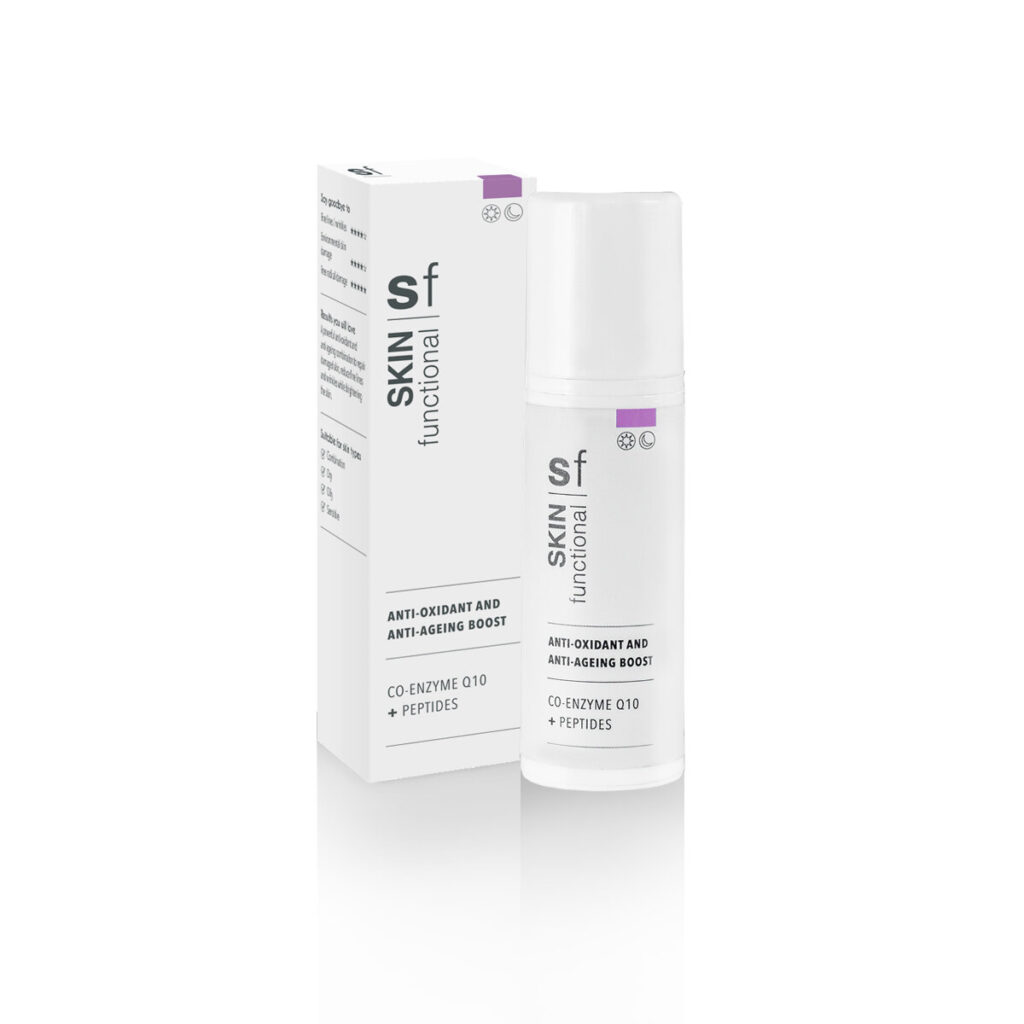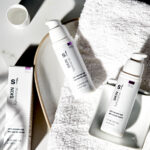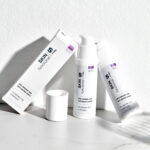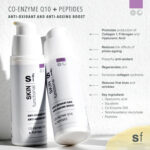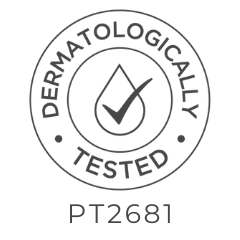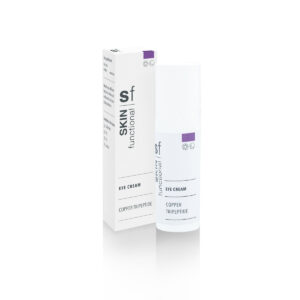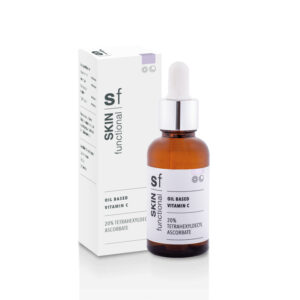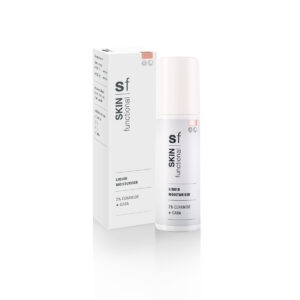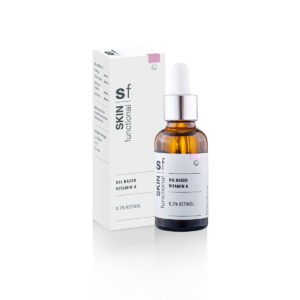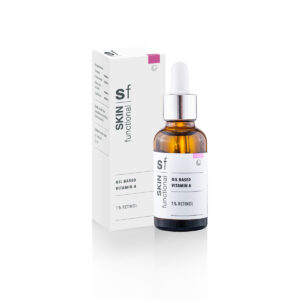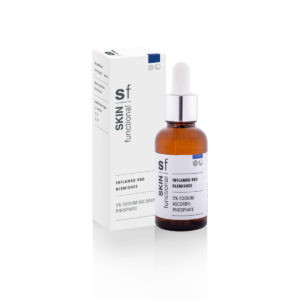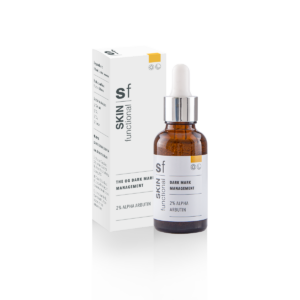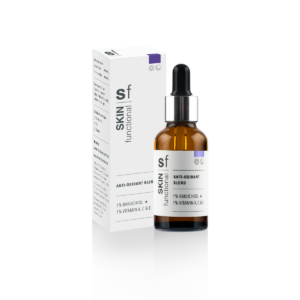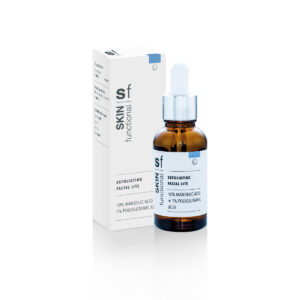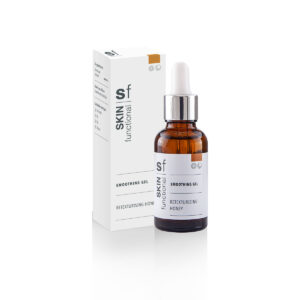Product Information
A powerful anti-oxidant and anti-ageing combination to repair damaged skin, reduce fine lines and wrinkles while brightening the skin.
Good To Know
- Fragrance free.
- Alcohol free.
- Cruelty free.
- Lovingly created in South Africa.
The Mix Of Ingredients
Aqua, Capric/Caprylic Triglycerides, Butylene Glycol, Coco-Caprylate/Caprate, Squalane, Dimethyl Isosorbide, Ethoxydiglycol, Polysorbate 20, Glycerin, Glyceryl Polyacrylate, Ubiquinone, Tetrahexyldecyl Ascorbate, Sodium Acrylates Crosspolymer, Tocopherol, Palmitoyl Tripeptide-1, Butylene Glycol, Caprylyl Glycol, C12-20 Alkyl Glucoside, Palmitoyl Tetrapeptide-7, C14-22 Alcohols, Lecithin, Sodium Acrylates Copolymer, Carbomer, Phenoxyethanol, Ethylhexylglycerin.
SKIN functional strives to continuously bring you the best product and therefore there may be formulation updates which may result in the ingredient list on the website and carton differing.
Key ingredient
- Co-enzyme q10
Is a powerful naturally occurring anti-oxidant to protect against environmental skin damage while regenerating the skin and reducing the effects of photo-ageing.
- Peptides
Increases collagen synthesis and reduces fine lines and wrinkles
- Tetrahexyldecyl Ascorbate
Is a powerful anti-oxidant.
- Squalane
Mimics the skin’s natural barrier, optimising skin’s moisture content.
- Hyaluronic Acid
Increase moisture content in the skin to plump fine lines and wrinkles.



